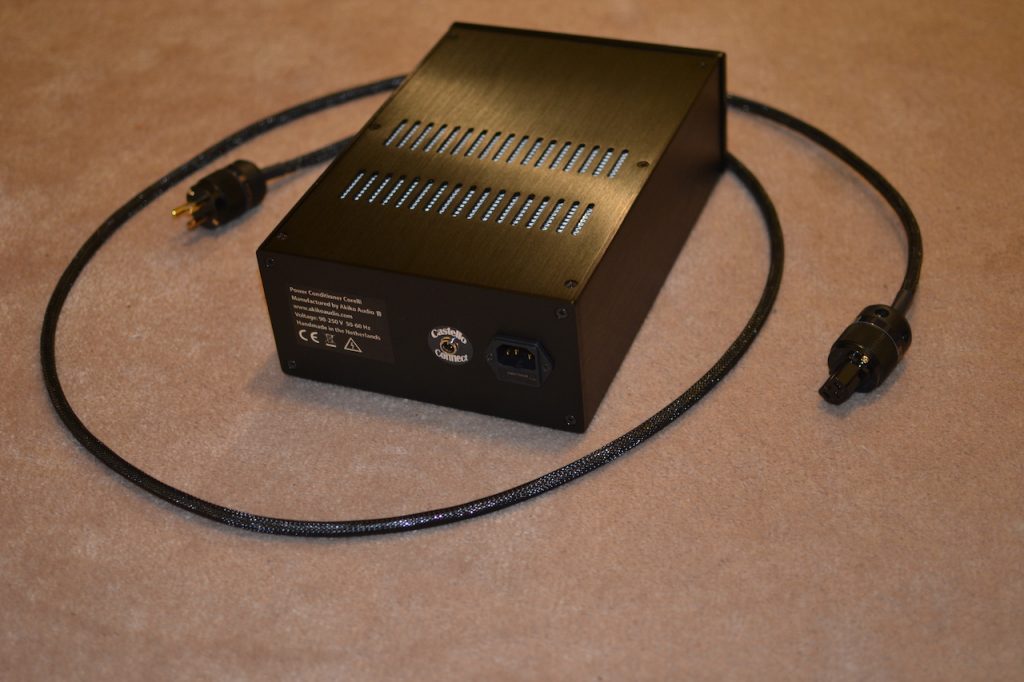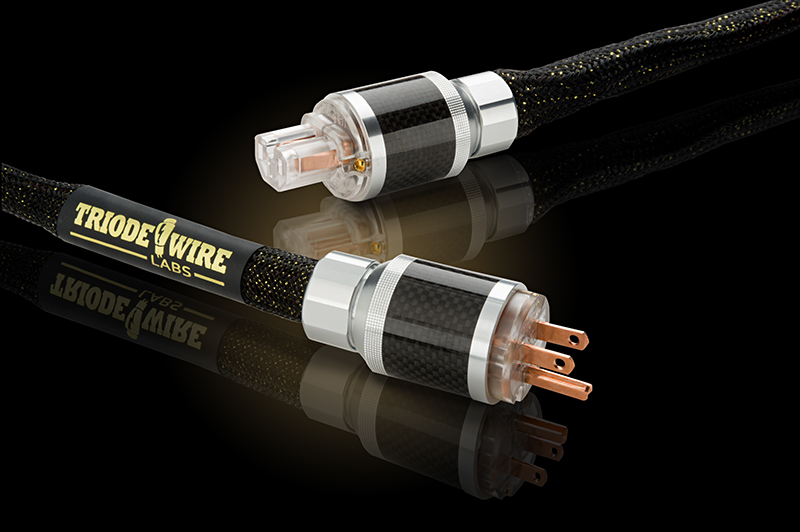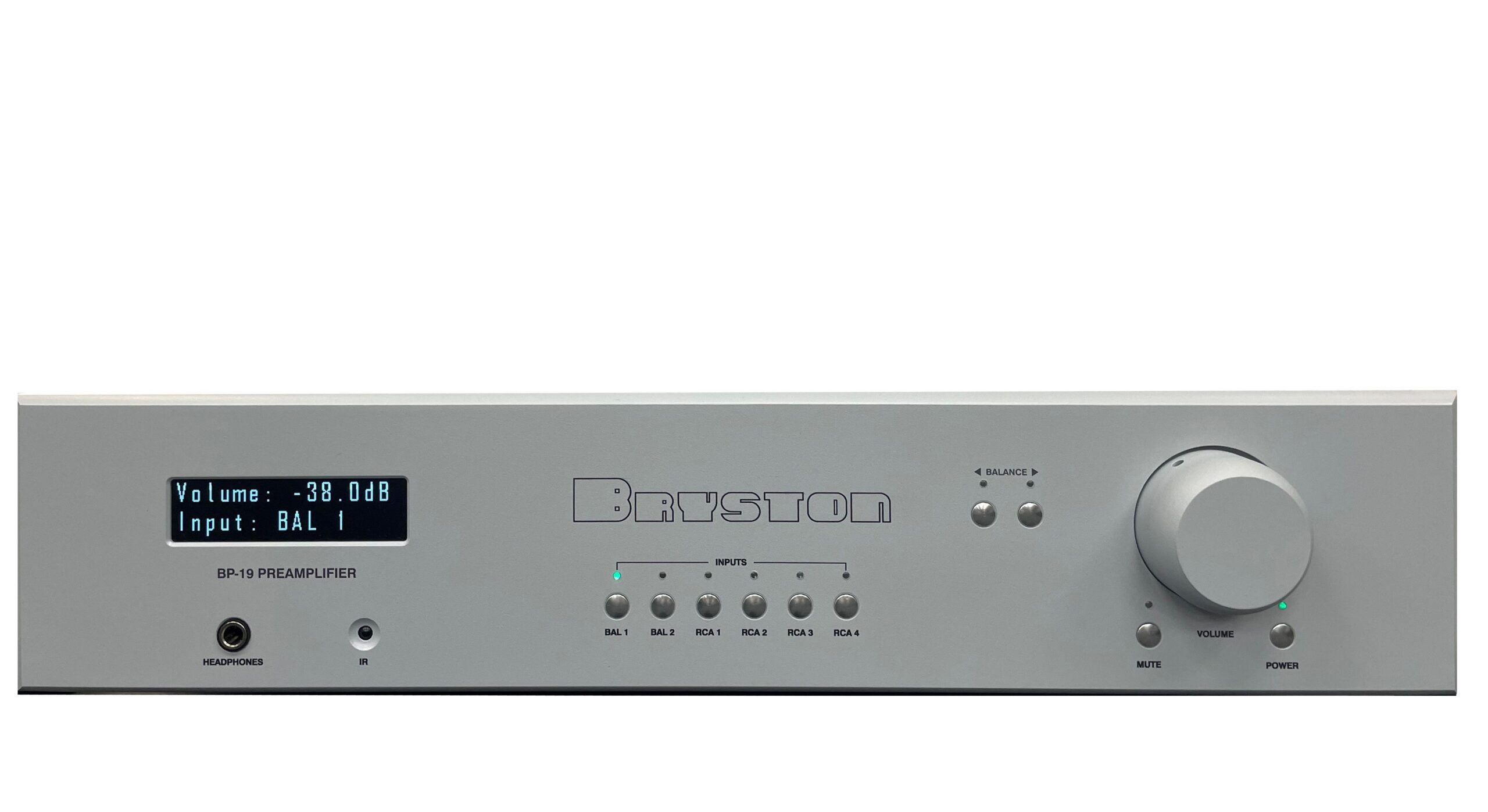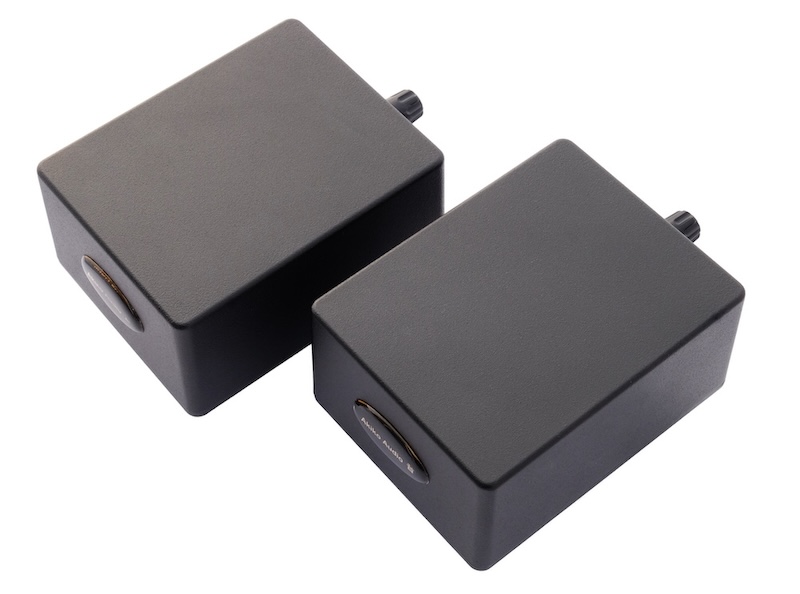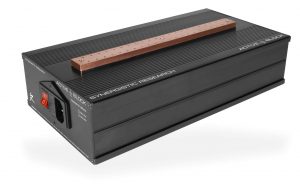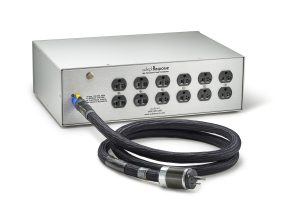It was around 5 year ago that I learned a valuable lesson; never discount the validity of an audio tweak even, if it does not seem to have any apparent scientific basis, without trying it out first. The component that helped me learn this lesson was the Akiko Audio Tuning Sticks.
It was claimed that these sticks "utilize crystal patterns and paramagnetic piezoelectric properties of natural raw materials" to improve the sound quality of an audio system by just plugging them into the power supply, or into the RCA input of a component, or even by just strapping them to your speaker or power cables. That seemed to be a bit far fetched, but despite my left-brain screaming that this was just garden-variety snake oil, my gut instinct prodded me to give them a try, and I am so glad I did. The Akiko Audio tuning sticks did what they claimed, and the difference was hardly subtle.
Fast forward to a month ago when I received an email from Marc and Sander Van Berlo, the father and son team that founded Akiko Audio in Maastricht, Holland, offering me the opportunity to review their latest product, a power conditioner that answers to the name Corelli. Unlike most power conditioners, the Corelli cleans up the power fed to your audio components without using any electrical components or active power filtering in the direct path of the power. The huge advantage of taking this route is that the power is filtered without limiting the current that flows to your components, so the dynamics of the music are not adversely affected in any way.
All Akiko Audio products are hand made in Holland, and the build quality is impeccable. The Corelli was no exception. When I unboxed the unit, I found a solidly built black box that contained three woven carbon fiber tubes firmly strapped down. A harmonizer unit that is tasked with improving the internal high frequency radiation field complements these tubes. All the soldering is done using silver solder. The box measures 215mm width by 311mm length by 100mm height, and it weighs 6.3 kilos. There is no on / off switch, or any display, not even an LED light to show that the unit is on. This has been purposely avoided to prevent extra contact resistance and any power pollution that they may contribute to the Corelli's performance. The 8mm thick aluminum front panel has been energetically treated to enhance the Corelli's performance.
The unit is equipped with a Furutech IEC inlet that has a fuse holder housing an audio grade, gold plated, ceramic fuse. Akiko Audio recommends that the Corelli be used with their Power Cord HQ Flex. They claim that an inferior power cord will not allow the Corelli to perform at its optimum level. Akiko Audio's confidence in the performance, build quality, and reliability of the Corelli is reflected in a 10-year factory warranty and a 30-day money back guarantee if you are not satisfied with the performance. The Corelli is available in silver or black, and is priced at US$1995 without a power cord and, US$2150 with a 1.5 meter Akiko Audio HQ Flex power cord.
The Corelli claim to fame is that it reduces high frequency noise in the power supply, thus allowing your audio components to reproduce music with improved timing, better voice and acoustic instrument rendition, lower noise floor, and less listening fatigue. Akiko Audio claims that they are able to measure the reduction in high frequency noise. They are thus able to provide scientifically documented proof that the Corelli does what it claims.
Akiko Audio recommends that the Corelli be plugged into the power bar that feeds your components. I decided to plug the Corelli into my WyWires Power Broker AC Distributor, which has eight outlets and feeds most of my audio components including my preamp, CD player, DAC, turntable, and digital player. Since Akiko Audio claim that the Corelli also positively influences the sound quality of components that are placed within 2 meters of it, I decided to test out this claim by requesting them to send me a 2.5 meter power cord instead of the standard 1.5 meter version so that I could place the Corelli close to and between my Pass Labs XA100.8 monoblock power amplifiers.
There is definitely a break-in period that the Corelli needs to be put through before it comes into its own. During this break-in period, which for me lasted for around two weeks and around 45 hours of playtime, the sound with the Corelli plugged in was a bit confused and veiled. However, after it was fully broken in, the Corelli really began earning its keep.
What became very apparent was the drop in the noise floor, which allowed me to hear subtleties, and nuances, that I had not noticed before. For music tracks, which gradually fade into silence when they end, as the volume diminishes, details tend to disappear. With the Corelli, a lot more of those details were audible right up to the time the music gives way to total silence.
What also surprised me is the impact that the Corelli has on the bass. Not only is the bass cleaner and more tuneful now, it is also a lot more impactful. I can now feel the bass on my chest, and in my bones, at much lower volume levels than before. I cannot scientifically explain why a component that reduces high frequency noise in the power supply can influence the bass reproduction like this, but I cannot deny what I can hear and feel so distinctly.
I am glad I requested for a longer power cord for the Corelli because when I compare the sound quality with the Corelli placed close to my power amplifier, to the sound when it was placed more than 2 meters away, I can distinctly hear a lot more clarity in the sound in the former as compared to the latter. There is a lot more dynamic contrast, tonal purity, and air between the instruments; the sound stage is more clearly defined. I could detect a lot more presence and texture in both male and female voices when the Corelli is placed close to the power amps.
I found myself unconsciously bobbing my head and tapping my feet to tracks that before did not compel me to do so sub consciously. The only way to interpret that is to assume that the Corelli has made a positive difference to the way my system delivers pace, rhythm, and timing.
The other significant difference that the Corelli made is that it allows my system to deliver music with a lot less effort, and a lot more ease. The music has a more relaxed and effortless feel to it, which in turn reduces the fatigue factor quite a bit. With the Corelli added in, I was able to listen to four Keb Mo albums in a row and found myself still wanting more.
Whenever I listen to Eva Cassidy I always have difficulty setting the volume level because of the incredible dynamic range that this songstress has. If I set it too high, her voice tends to sound a bit shrill when she is really on full song, and if I set it too low, then I find that I lose the nuances and subtleties during the quieter passages. With the Corelli doing its thing this was much less of a problem because the compression and distortion at musical peaks is significantly less while retention of subtle details during the quieter passages is enhanced.
I guess if you add up all the differences that the Corelli makes to my audio system, the end result is that I am able to connect emotionally to the artist a lot better than before. When listening to love ballads by artists like Roy Orbison, Patsy Cline, and Etta James, I now have many more goose bump moments, which is a clear indication that I am getting a lot more listening pleasure from what I am hearing now.
I have tried out many power conditioners in the past, many of them costing two and even three times what the Corelli is priced at. In most cases, those power conditioners have had a very positive impact on the quality of the sound. However, given that the Corelli struts its stuff without impacting the current flow in the power supply to your components, and the fact that it is so reasonably priced, compels me to urge every audiophile to give it a try.
The 30-day money back guarantee offered by Akiko Audio makes it a win-win proposition all around. If you hear all the improvement that I did, you are definitely not going to return it. On the other hand, the positive differences you hear does not justify its price, you can always return it for a full refund within 30 days. I would be very surprised if anyone opted for the latter.
Corelli Power Conditioner
Retail: US$1995 without a power cord and US$2150 with a 1.5 meter Akiko Audio HQ Flex power cord.
Akiko Audio





